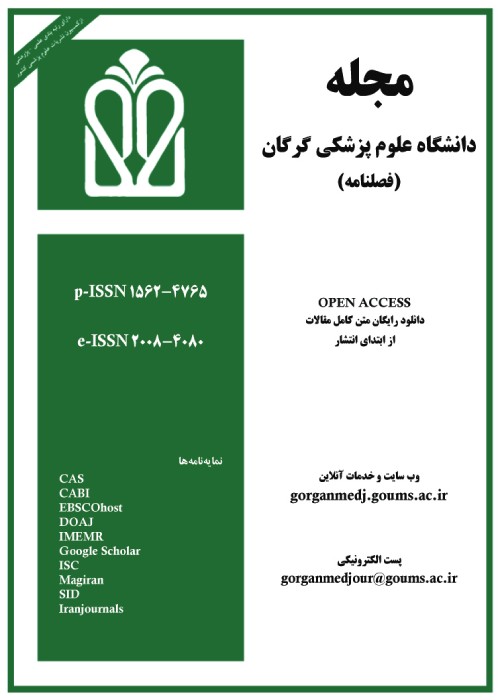Level of Heavy Metals in Muscles of Cynoglossus arel and Pomadasys kaakan Fishes in Boushehr Coastal Waters, North of the Persian Gulf
Population growth and pollution caused by the discharge of all kinds of urban, industrial, and agricultural sewage, leachate from landfills, and surface water runoff cause an increase in pollution of water sources. The entry of heavy metals into the environment, especially aquatic ecosystems, due to entering the food chain and jeopardizing human health is one of the concerns of society. This study was conducted to determine the level of heavy metals in muscles of Cynoglossus arel and Pomadasys kaakan fishes in Boushehr coastal waters, north of the Persian Gulf.
This descriptive study was conducted on twenty pieces of Cynoglossus arel and twenty pieces of Pomadasys kaakan fishes take place from three coastal stations of Boushehr, north of the Persian Gulf, Iran during spring of 2022. The samples were randomly selected from the fish market. After preparation, bioassay, and digestion of fish muscle by concentrated nitric acid, the concentration of heavy metals including nickel, zinc, copper, lead, and cadmium (µg/g) in the muscle tissue was measured by ICP-OES device. The concentration of heavy metals in the fish muscle tissue for human consumption was compared with international standards (FAO, WHO, FDA, NHMRC, and UKMAFF). According to the method of the US Environmental Protection Agency for fish consumption, daily absorption estimates and heavy metal risk indicators were calculated.
The risk potential index for both species was less than one. The daily and weekly absorption of Cynoglossus arel (zinc > copper > nickel > lead > cadmium) and Pomadasys kaakan (copper > zinc > nickel > lead > cadmium) were determined. The mean concentration of heavy metals nickel, zinc, copper, lead, and cadmium in the muscle tissue of the studied species was determined to be 1.88±0.07, 27.16±8.11, 11.55±4.12, 1.14±0.06, and 0.19±0.03 µg/g, respectively. The highest amounts of studied metals in aquatic animals were zinc > copper > nickel > lead > cadmium. The concentration of metals in the analyzed samples was lower than the international standards.
Regarding toxicity, the concentration of metals in Cynoglossus arel and Pomadasys kaakan was evaluated as acceptable for human consumption. In addition, the amount of risk potential and risk index for non-cancerous diseases in adults and children in fish muscle tissue was less than 1, and the consumption of this fish does not cause any problems for human health.
Fishes , Heavy Metals , Persian Gulf , Iran
- حق عضویت دریافتی صرف حمایت از نشریات عضو و نگهداری، تکمیل و توسعه مگیران میشود.
- پرداخت حق اشتراک و دانلود مقالات اجازه بازنشر آن در سایر رسانههای چاپی و دیجیتال را به کاربر نمیدهد.



